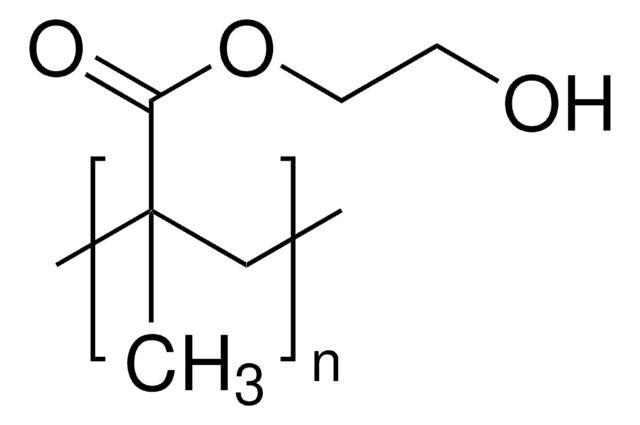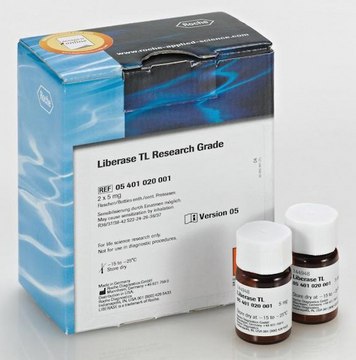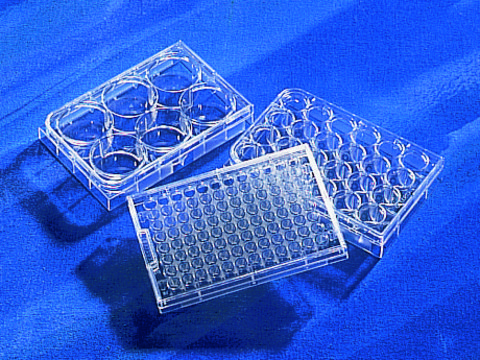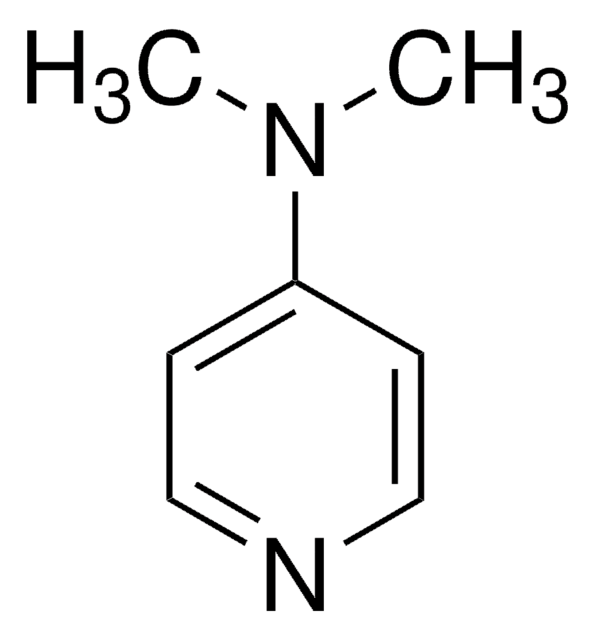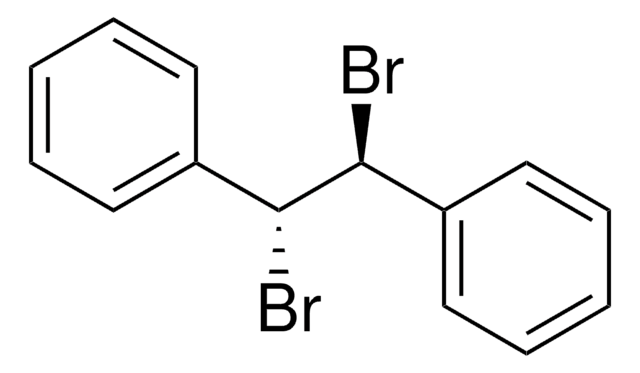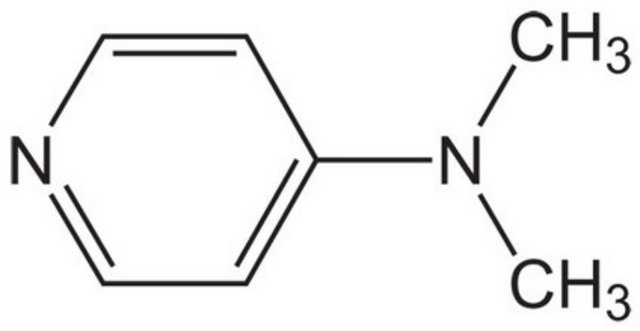MABS2282
Anti-SIRPA Antibody, clone MY-1
Synonym(s):
Tyrosine-protein phosphatase non-receptor type substrate 1;SHP substrate 1;SHPS-1;Brain Ig-like molecule with tyrosine-based activation motifs;Bit;CD172 antigen-like family member A;Inhibitory receptor SHPS-1;MyD-1 antigen;Signal-regulatory protein alpha-
About This Item
Recommended Products
biological source
rat
Quality Level
conjugate
unconjugated
antibody form
purified antibody
antibody product type
primary antibodies
clone
MY-1, monoclonal
mol wt
calculated mol wt 56.14 kDa
observed mol wt ~95 kDa
purified by
using protein G
species reactivity
mouse
packaging
antibody small pack of 100 μL
technique(s)
flow cytometry: suitable
immunofluorescence: suitable
immunoprecipitation (IP): suitable
inhibition assay: suitable
western blot: suitable
isotype
IgG2aκ
epitope sequence
Unknown
Protein ID accession no.
UniProt accession no.
shipped in
dry ice
target post-translational modification
unmodified
Gene Information
mouse ... Sirpa(19261)
General description
Specificity
Immunogen
Application
Evaluated by Western Blotting in Mouse brain tissue extracts.
Western Blotting Analysis: A 1:500 dilution of this antibody detected SIRPA in Mouse brain tissue extracts.
Tested applications
Flow Cytometry Analysis: A representative lot detected SIRPA in Flow Cytometry applications (Verjan Garcia, N., et al. (2011). J Immunol. 187(5):2268-77; Yanagita, T., et al. (2017). JCI Insight. 2(1); e89140).
Immunofluorescence Analysis: A representative lot detected SIRPA in Immunofluorescence applications (Verjan Garcia, N., et al. (2011). J Immunol.;187(5):2268-77; Yanagita, T., et al. (2017). JCI Insight. 2(1):e89140).
Inhibition Assay: A representative lot inhibited the growth of subcutaneously transplanted cancer cells in murine models. (Yanagita, T., et al. (2017). JCI Insight.;2(1):e89140; Sakamoto, M., et al. (2022). Proc Natl Acad Sci USA.;119(1)e2109923118).
Immunoprecipitation Analysis: A representative lot immunoprecipitated SIRPA in Immunoprecipitation applications (Verjan Garcia, N., et al. (2011). J Immunol. 187(5):2268-77; Yanagita, T., et al. (2017). JCI Insight. 2(1):e89140).
Western Blotting Analysis: A representative lot detected SIRPA in Western Blotting applications (Verjan Garcia, N., et al. (2011). J Immunol. 187(5):2268-77; Yanagita, T., et al. (2017). JCI Insight. 2(1):e89140).
Note: Actual optimal working dilutions must be determined by end user as specimens, and experimental conditions may vary with the end user
Physical form
Storage and Stability
Other Notes
Disclaimer
Not finding the right product?
Try our Product Selector Tool.
Storage Class Code
12 - Non Combustible Liquids
WGK
WGK 2
Flash Point(F)
Not applicable
Flash Point(C)
Not applicable
Regulatory Information
Certificates of Analysis (COA)
Search for Certificates of Analysis (COA) by entering the products Lot/Batch Number. Lot and Batch Numbers can be found on a product’s label following the words ‘Lot’ or ‘Batch’.
Already Own This Product?
Find documentation for the products that you have recently purchased in the Document Library.
Our team of scientists has experience in all areas of research including Life Science, Material Science, Chemical Synthesis, Chromatography, Analytical and many others.
Contact Technical Service